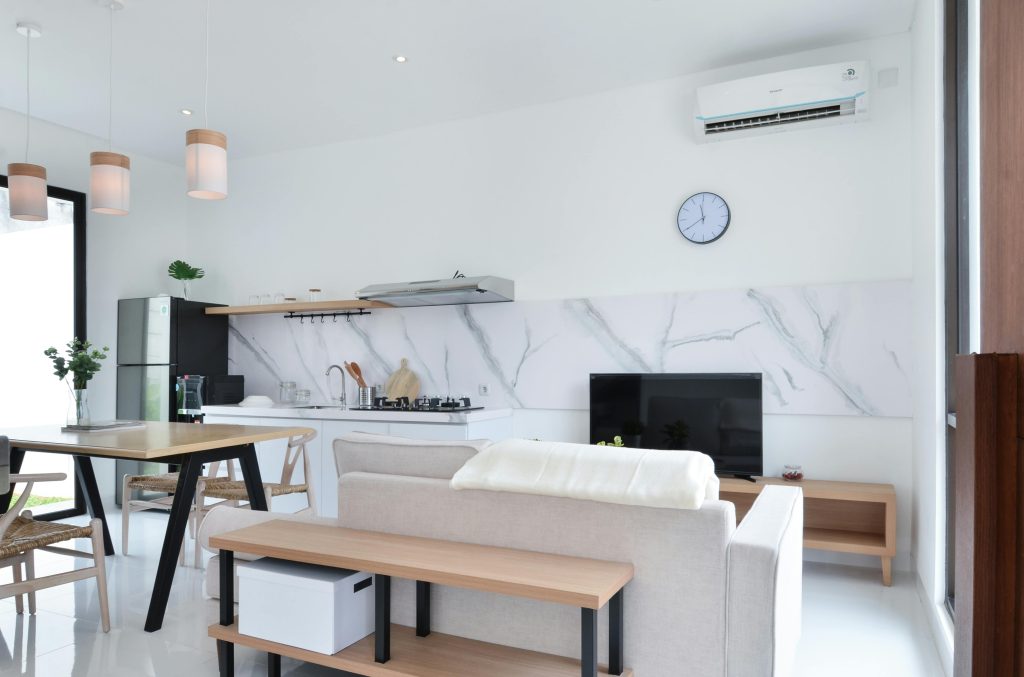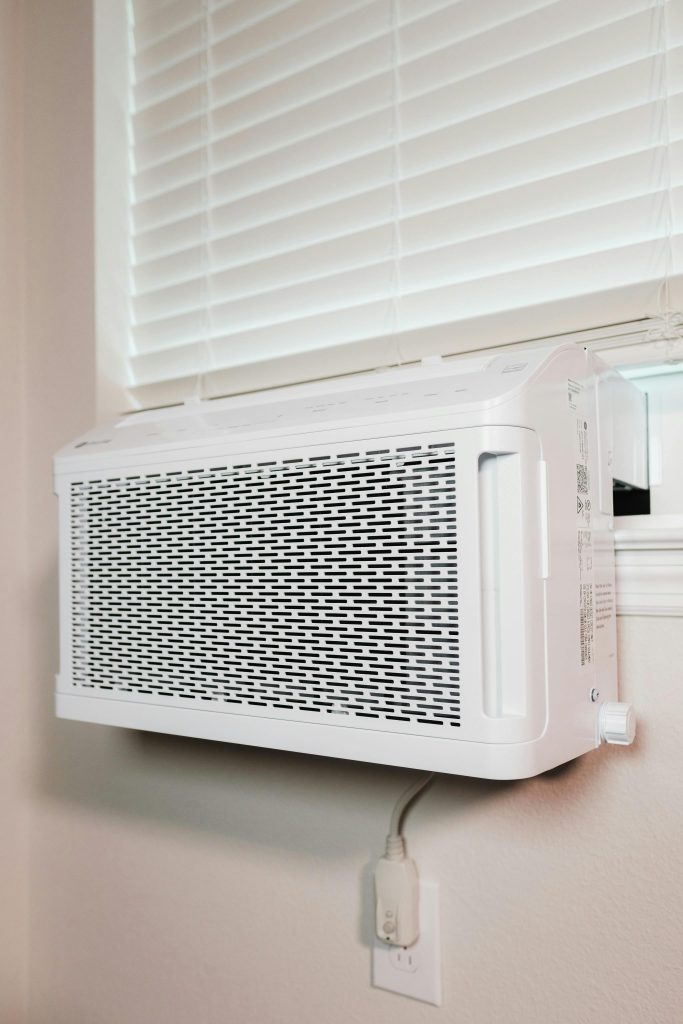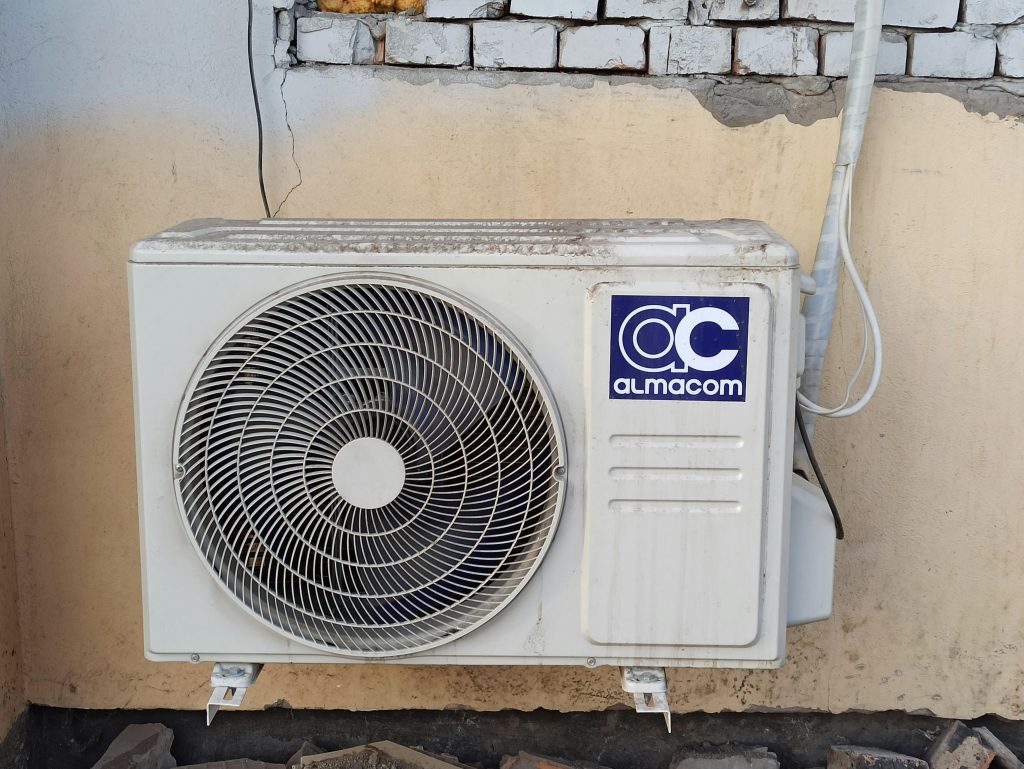Air conditioning, once a luxury reserved for the elite, has evolved significantly over millennia. From ancient methods of cooling to the sophisticated HVAC systems of today, the journey of air conditioning reflects human ingenuity in adapting to and controlling environmental conditions. This article traces the evolution of air conditioning, highlighting key milestones, technological innovations, and the impact on modern living and comfort.

Ancient Cooling Techniques
The origins of air conditioning can be traced back to ancient civilizations that ingeniously used natural elements and architectural design to cool indoor spaces. In ancient Egypt, for example, people used porous clay pots filled with water and placed them in windows to cool incoming air through evaporation—a rudimentary form of evaporative cooling. Similarly, ancient Romans circulated aqueduct water through the walls of their homes to regulate indoor temperatures, a practice known as radiant cooling.
Early Mechanical Innovations
The concept of mechanical cooling began to take shape during the 19th century with the advent of industrialization and advancements in thermodynamics. In 1758, Benjamin Franklin and John Hadley experimented with evaporation and discovered that alcohol evaporates faster than water, producing cooling effects. This laid the groundwork for future developments in refrigeration technology.
Refrigeration and Early Air Conditioners
The late 19th and early 20th centuries saw significant strides in refrigeration technology, which laid the foundation for modern air conditioning. In 1902, Willis Carrier invented the first modern electrical air conditioning unit, designed to control humidity in a printing plant. Carrier’s invention marked a pivotal moment, as it not only regulated temperature but also controlled humidity—an essential factor for maintaining indoor comfort and preserving materials.

Advancements During the 20th Century
Throughout the 20th century, air conditioning technology rapidly evolved, driven by increased demand for residential and commercial cooling solutions. Central air conditioning systems became commonplace in large buildings and homes, incorporating innovations such as compressor technology, refrigerants like Freon (later phased out due to environmental concerns), and improved energy efficiency standards.
Expansion of Residential Air Conditioning
Post-World War II, residential air conditioning became more affordable and accessible to the general public, transforming living standards and migration patterns in warmer climates. Window air conditioning units gained popularity for their ease of installation and cooling capabilities, allowing homeowners to regulate indoor temperatures and enhance comfort during hot summer months.
Energy Efficiency and Environmental Concerns
In the late 20th and early 21st centuries, increasing concerns over energy consumption and environmental impact spurred innovations in energy-efficient air conditioning technologies. Advances in compressor design, variable refrigerant flow (VRF) systems, and the use of eco-friendly refrigerants like R-410A and R-32 have significantly reduced the carbon footprint of air conditioning systems while enhancing performance and longevity.
Integration of Smart Technology
Today, air conditioning systems are becoming smarter and more interconnected with the rise of IoT (Internet of Things) technology. Smart thermostats allow users to control temperatures remotely and optimize energy usage based on occupancy patterns and external weather conditions. AI (Artificial Intelligence) algorithms analyze data to predict cooling needs, further enhancing efficiency and comfort.
Future Trends and Innovations
Looking ahead, the future of air conditioning is poised for further innovation. Advancements in materials science may lead to the development of more efficient heat exchangers and thermal storage systems. Integration with renewable energy sources such as solar power and geothermal energy promises to make air conditioning systems more sustainable and cost-effective in the long term.

Conclusion
In conclusion, the evolution of air conditioning—from ancient techniques of evaporative cooling to modern innovations in refrigeration and smart technology—has revolutionized how we control indoor environments. What began as rudimentary methods to beat the heat has evolved into sophisticated systems that not only cool but also enhance comfort, improve air quality, and contribute to energy efficiency. As we continue to innovate and adapt to global challenges, the future of air conditioning holds promise for further advancements in sustainability, efficiency, and overall comfort for generations to come.